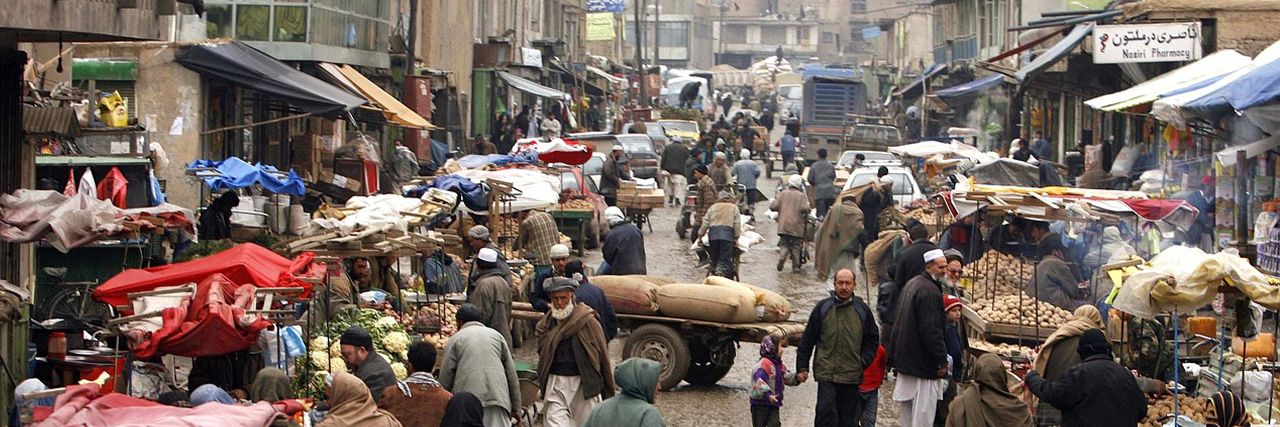Afghanistan Location
Afghanistan is located in Central Asia, bordered by several countries that significantly influence its geopolitical landscape. Here's a detailed overview of its location:
Neighboring Countries:
1. Pakistan: Afghanistan shares its longest border with Pakistan to the southeast and east. The border stretches over 2,400 kilometers (about 1,500 miles) and is demarcated by the Durand Line, a controversial boundary established in the late 19th century.
2. Iran: To the west, Afghanistan shares a border with Iran that spans approximately 936 kilometers (about 582 miles). The border is marked by the rugged and mountainous terrain of the Hindu Kush and other mountain ranges.
3. Turkmenistan: Afghanistan's northern border with Turkmenistan is about 804 kilometers (about 500 miles) long. This border is primarily defined by the Amu Darya River, which forms a natural boundary between the two countries.
4. Uzbekistan and Tajikistan: To the north, Afghanistan shares relatively shorter borders with Uzbekistan and Tajikistan. The border with Uzbekistan is approximately 144 kilometers (about 89 miles) long, while the border with Tajikistan is about 1,206 kilometers (about 749 miles) long, following the peaks of the Pamir Mountains.
5. China: In the northeastern part of Afghanistan, there is a short border of about 76 kilometers (about 47 miles) with China. This border is situated in the Wakhan Corridor, a narrow strip of land that separates Tajikistan from Pakistan and provides Afghanistan with a border with China's Xinjiang region.
Geopolitical Significance:
Afghanistan's strategic location has historically made it a focal point for trade, conquests, and geopolitical rivalries. It sits at the crossroads of Central Asia, South Asia, and the Middle East, making it a critical junction for cultural exchanges and trade routes such as the Silk Road.
Challenges and Opportunities:
The rugged and mountainous terrain of Afghanistan's borders has posed challenges for infrastructure development and border control. These geographic features, however, also provide natural defenses and have influenced the country's historical patterns of settlement and cultural diffusion.
Impact on Conflict and Stability:
The geopolitical position of Afghanistan has also made it vulnerable to external influences and interventions. Throughout history, competing regional powers and global superpowers have sought to exert influence over Afghanistan, often exacerbating internal conflicts and instability.
In conclusion
Afghanistan's location in Central Asia shapes its history, culture, and contemporary geopolitical dynamics. Its borders with neighboring countries have influenced its economic ties, security challenges, and regional alliances, underscoring its role as a pivotal nation in a strategically significant region.
 Shop
Shop Info
Info Words
Words World
World






 Afghanistan Overview
Afghanistan Overview
